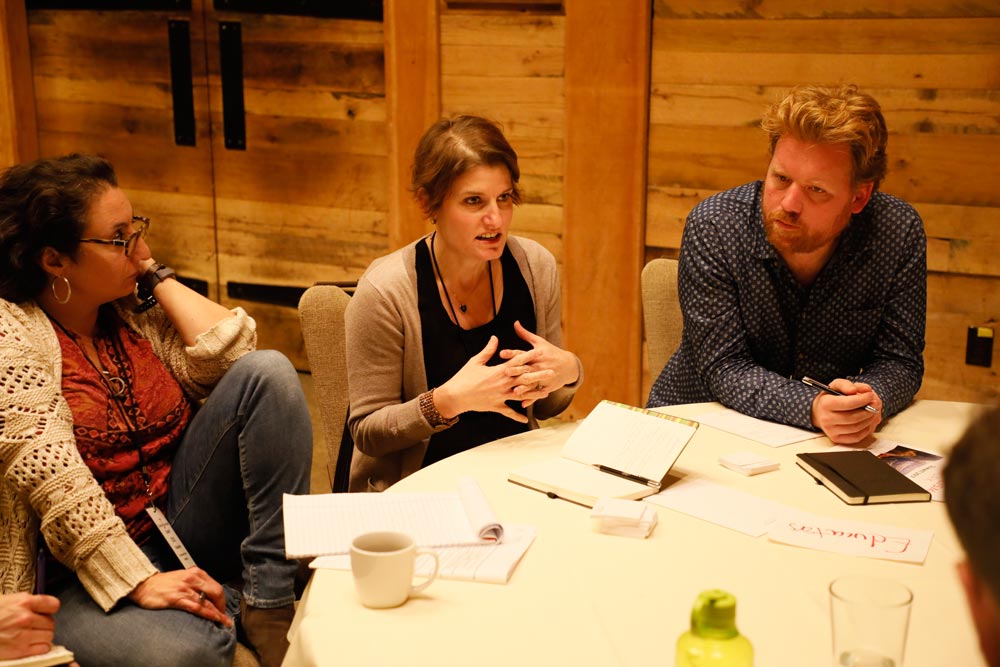Doing Solutions Journalism to the Highest Standards

Here are key concepts to keep in mind when doing solutions journalism:
- Be conservative with your language. Stick to what the evidence says is happening or happened. Do not predict the future. Words to avoid include " and="" something="" is="" truly=""
- Keep in mind that your story is about the work, the underlying strategy or idea. The particular group or organization that's carrying it out is simply the narrative focus through which you can tell the story. On a related note...
- Provide context. How does the response you’re focusing on fit into the larger landscape? Are there other programs like it? Is it one of a group of successful responses? A paragraph or two will do it.
- Make sure you report on what’s not working about the solution. This can only strengthen your story - and your credibility. Was it an expensive solution? Politically divisive? Only successful for in some communities or location? Almost every response will have limitations.
IN-CLASS LECTURE AND DISCUSSION
- What is the line between journalism and advocacy? Why is it necessary to report on limitations and flaws?
- What is the difference between celebrating or advocating for something and reporting on something that is happening?
- When and why is an imperfect response to a problem, or even a failed response, worth reporting on? Utilize this Solutions Story Tracker collection featuring six stories that constructively report on failures.
IN-CLASS EXERCISE
- Ask each student to come up with words, phrases or paragraphs that shouldn’t be in a solutions story.
- Practice creating context: choose a program to cover, and ask students what other responses should be mentioned in the story to paint the fuller landscape.
- Divide into groups. Each group attempts to write the worst paragraph ever about a response to a problem. Then another group fixes that paragraph to make it credible.
HOMEWORK ASSIGNMENTS
- Students do two versions of a paragraph (or a story pitch): one good journalism and one fluff.
- Students read a good solutions story and rewrite it as advocacy, “good news” or fluff, or find an imposter story in a credible news outlet, and rewrite it as solutions journalism.
- Students report and write an imposter story, then annotate the story to illustrate where they went wrong and how to fix it.
MEASURING AND USING EVIDENCE

The Solutions Story Tracker offers the possibility to show solutions in their piloting phase. This PRI story employs quantitative data and a range of qualitative data like personal anecdotes. This story from the AP contains almost no quantitative evidence, but is still rigorous story steeped in good reporting, its own form of compelling evidence.
